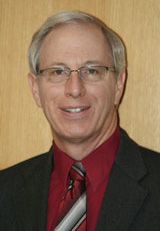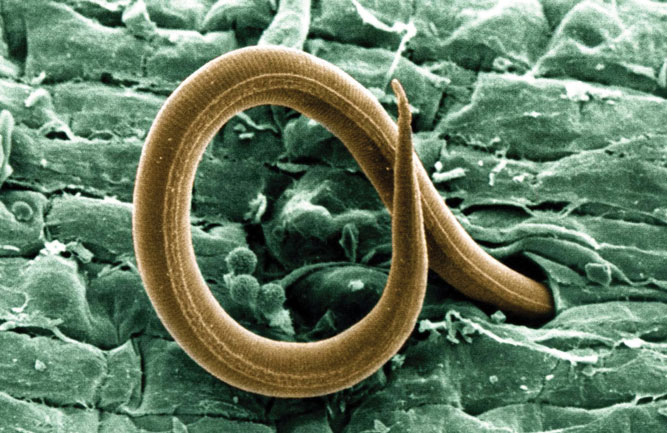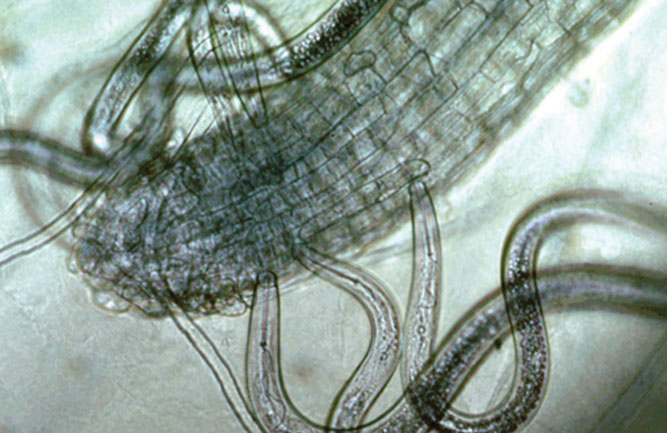Tell your turf to ‘chillax’ to cut anthracnose woes

Bruce B. Clarke, Ph.D.
Photo courtesy of: Rutgers
One of the best ways to keep your turf from succumbing to anthracnose problems is to keep it stress free. You can do the worrying. As the kids might say, turf needs to chillax.
Stress factors are a major contributor to anthracnose problems on golf courses, Dr. Bruce B. Clarke, specialist in turfgrass pathology in the department of plant biology and pathology at Rutgers University told superintendents at the Ohio Turfgrass Foundation’s annual meeting in Columbus, Ohio in early December.
Fertility management is another factor that can help alleviate stress on turf. Spoon-feeding can help the turf survive tough periods.
In addition, Clarke noted, both proper topdressing and aerification of the greens will help alleviate the stress that can cause turf to be more susceptible to anthracnose problems. The anthracnose fungus typically becomes pathogenic and infects leaves when the humidity gets high or there is an extended period of leaf wetness that coincides with plant stress. Stems and roots can also be affected. Symptoms can be found throughout the year but are most intense between June and September.
Other stress agents — say an infestation of insects or nematodes — will only add to the likelihood of anthracnose getting the better of your turf.
You’ll first notice anthracnose, Clarke said, as small quarter-inch to half-inch spots of yellow-brown turf. These expand to large, irregularly shaped areas on greens, tees or fairways. Infection usually occurs first on older or senescing leaves of plants and shows up as yellow leaf lesions. Eventually, superintendents will see the typical basal stem rot — when the anthracnose hits the leaf, stems and crown. At this point, you’ll find the trademark black tissue lesions on the plant. Damaged roots are easy to pull from the crown. Plants die.
At this point the grass stresses, greens committee members get upset and superintendents fret. Much better for everyone — especially the grass — to be stress free.










